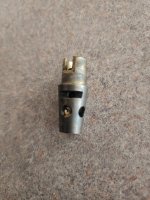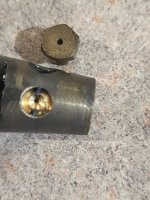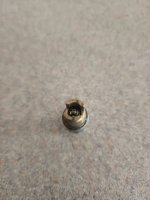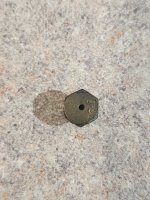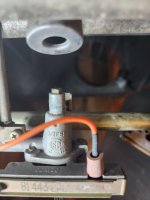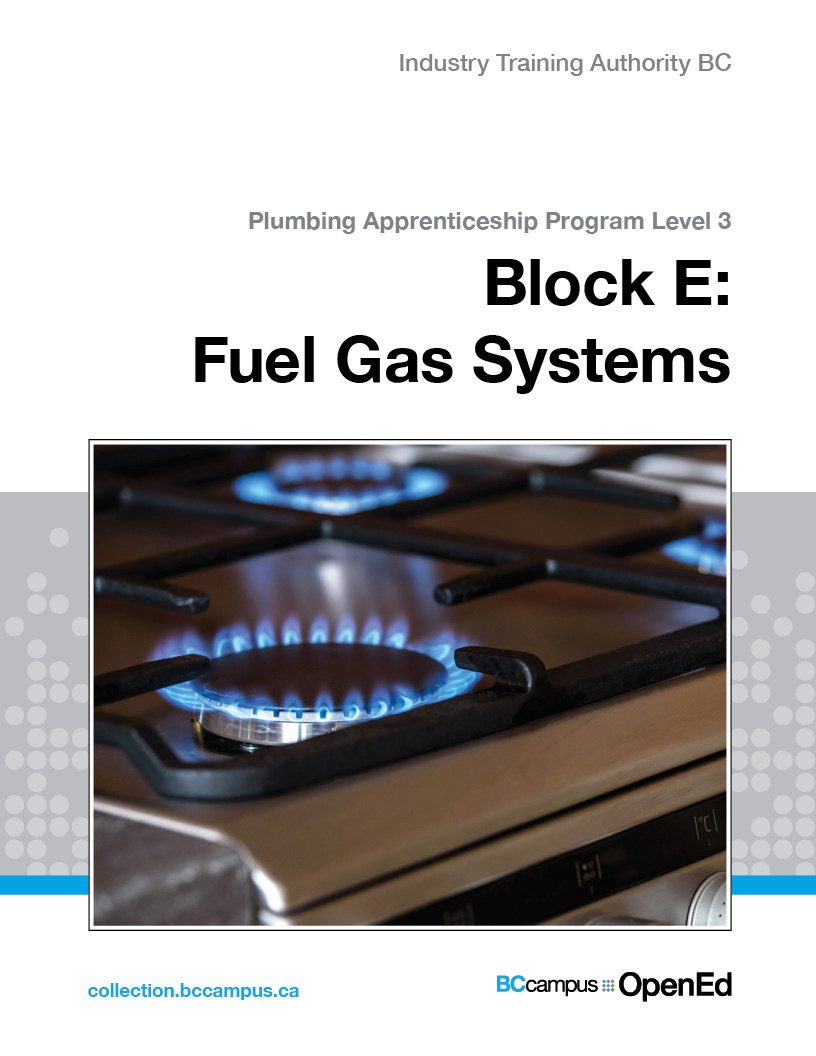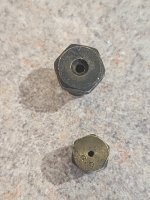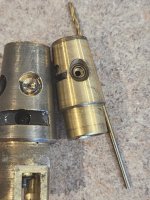SteveRichards
TVWBB Member
I am in the process of converting a Summit 650 from propane (LP) to natural gas (NG).
In order to do this I had to reverse engineer the control valve and burner metering orifices so I thought I would share what I learned. The valve in this post is one of the 6 main burner control valves on a LP Summit 650. All the Weber burner control valves operate on the same principle.
Weber BBQs (Genesis and Summit) have 2 components that control the flow of gas (LP or NG) downstream from the regulator - the burner control valve and the burner metering orifice.
Note: some NG Weber BBQs, such as certain Genesis 300 models do not have a regulator. The burners in these models run on the house natural gas pressure - 7" WC. Some Weber NG BBQs do have a regulator and all Weber LP BBQs do.
The burner control valve consists of the body and a valve spool that get rotated when the burner knob is turned. There is also the knob assembly and ignition spark generator, but I am ignoring them in this document because they don't have anything to do with controlling the gas flow for the burner.
The purpose of the control valve is to allow the user to modulate the gas flow to the burner, from low heat to high heat.
This is a burner valve body.
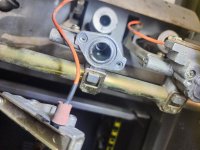
The valve body has one hole underneath connected to the manifold from which the gas comes into the valve. It has one hole going out the back that the burner metering orifice screws into that goes inside the burner itself.
The valve body has a taper that the valve spool sits in. This taper is very precise and the valve spools are probably lapped to each of the valve bodies, so don't interchange valve spools and valve bodies. Keep them together as a pair.
In order to do this I had to reverse engineer the control valve and burner metering orifices so I thought I would share what I learned. The valve in this post is one of the 6 main burner control valves on a LP Summit 650. All the Weber burner control valves operate on the same principle.
Weber BBQs (Genesis and Summit) have 2 components that control the flow of gas (LP or NG) downstream from the regulator - the burner control valve and the burner metering orifice.
Note: some NG Weber BBQs, such as certain Genesis 300 models do not have a regulator. The burners in these models run on the house natural gas pressure - 7" WC. Some Weber NG BBQs do have a regulator and all Weber LP BBQs do.
The burner control valve consists of the body and a valve spool that get rotated when the burner knob is turned. There is also the knob assembly and ignition spark generator, but I am ignoring them in this document because they don't have anything to do with controlling the gas flow for the burner.
The purpose of the control valve is to allow the user to modulate the gas flow to the burner, from low heat to high heat.
This is a burner valve body.

The valve body has one hole underneath connected to the manifold from which the gas comes into the valve. It has one hole going out the back that the burner metering orifice screws into that goes inside the burner itself.
The valve body has a taper that the valve spool sits in. This taper is very precise and the valve spools are probably lapped to each of the valve bodies, so don't interchange valve spools and valve bodies. Keep them together as a pair.
Last edited:

